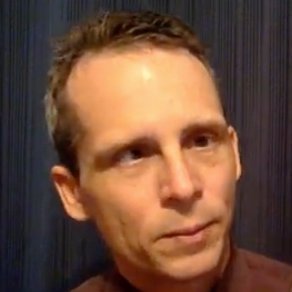Helicopter history proves that even
"no-real-idea-what-I'm-doing-here effort"
will yield results
"no-real-idea-what-I'm-doing-here effort"
will yield results
Blazing Reader,
As I mentioned in my last post, I've been busy researching helicopters for a scene in my forthcoming novel, All the Humans are Sleeping. While I was mostly looking into how to fly one, I ended up becoming fascinated with the history of its invention. It offers quite the reality check for anybody who is trying to accomplish something that hasn't been done before.
For centuries, helicopters were nothing more than small wind-up toys, originating in China. It wasn't until 1861 that French inventor Gustave de Ponton d'Amécourt moved away from springs and rubber bands to create a "working" model that was powered by steam. I put "working" in quotes because, while the rotors did spin, the craft never lifted off the ground.
It took until 1877, when Italian inventor, Enrico Forlanini, built a prototype that rose 13 meters (43 feet) off the ground where it hovered for 20 seconds. It may have hovered higher, but it was tethered to a boiler on the ground which provided the steam for its engine.
The first manned flight didn't happen until 1906 and only lasted for one minute — hovering about two feet off the ground.
By 1925, helicopters could fly up to ten minutes and as high as one thousand feet.
Three years later, Hungarian aviation engineer Oszkár Asbóth constructed a prototype which could remain airborne for 53 minutes.
It took until 1936 before the first twin-rotor helicopter, the Focke-Wulf Fw 61, could reach heights of 2,400 meters (8,000 feet) and speeds of 190 kilometres per hour (120 miles per hour).
So many things in life are like this. You don't achieve your goals the first time out. Or even the tenth time at it. First attempts are often total failures. Progress is slow, with many setbacks.
Ironically, this helicopter analogy comes to me while researching for a novel I've been working on for over twenty years. It's been through more drafts than the helicopter has had prototypes.
It reminds me of Jerry Seinfield's recent advice (given at a commencement speech at Duke University): “Make an effort. Just pure, stupid, no-real-idea-what-I'm-doing-here effort. Effort always yields a positive value, even if the outcome of the effort is absolute failure of the desired result."
John C.A. Manley
PS Writing Much Ado About Corona took 1,000 hours of effort over a two-year period. It seemed as if it would never take off. But I reasoned that if I worked on it for two hours every day, eventually, it would fly. Ironically, the story opens with a medical helicopter, as you can see here in this illustrated one-minute trailer.
 John C. A. Manley is the author of Much Ado About Corona, All The Humans Are Sleeping and other works of philosophical fiction that are "so completely engaging that you find yourself alternately laughing, gasping, hanging on for dear life." Get free samples of his stories by becoming a Blazing Pine Cone email subscriber.
John C. A. Manley is the author of Much Ado About Corona, All The Humans Are Sleeping and other works of philosophical fiction that are "so completely engaging that you find yourself alternately laughing, gasping, hanging on for dear life." Get free samples of his stories by becoming a Blazing Pine Cone email subscriber.

